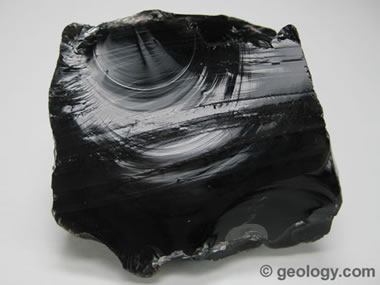Materials:
1. a car
2. notebook
3. lab partner
4. a pencil
The method Alesia(my partner) and myself used to determine traffic frequency and our other data was by driving out to a busy thoroughfare. Specifically, we parked in the Zaxby's parking lot and watched cars driving on the 4 way stop in front of Zaxby's at 910 Riverside Dr,
Macon, GA. These four roads of traffic were very busy during the time we went.Since the 4 roads had tons of cars, we decided to only look at the one of the street with the most cars. We decided to just focus on one of the streets because it was much easier to do so and we could see the outside and the inside of the cars better. There was also a traffic light, so this allowed us to take down data more effectively because the cars were not moving all the time. We decided to go during rush hour, when we knew it would be the busiest. We went at about 4:30 and stayed till about 5:00. So, we observed the traffic patterns on the street for 30 minutes. 30 minutes was a good time frame because it gave us enough data to make good conclusions.
To effectively show our data, here is a chart:
Note: We also took down how many people were in each car and found that there were 110 cars with only 1 person, 24 cars with 2 people and 5 cars with more than 2 people.
From this chart, it can be concluded that the amount of people driving SUV's and trucks was very high.Trucks were very popular. It can also be concluded that there are a lot of older drivers on the road probably because of the neighborhood. Furthermore, the amount of people talking or texting on the cellphone was also higher than expected while the number of people eating was characteristically low, which was expected.Also, the number of cars driving on this road in particular was very high because of the time period. Thereby, the frequency of cars on this road was high and it seemed as though every time the traffic lights stopped, more cars built up. We hypothesized that there was about 30 cars on the street every time there was a red light.






















 Obsidian- is an extrusive, igneous rock that forms when molten rock material cools so rapidly that atoms are
unable to arrange themselves into a crystalline structure.It has a smooth uniform texture. It is usually the color black but it can also be seen with a brown or green type color or even multiple colors caused by light reflecting from minute inclusions of mineral crystals,
rock debris or gas. This is called "Rainbow obsidian" caused by light reflecting from minute inclusions of mineral crystals,
rock debris or gas. Here's a picture of this specific type of obsidian.
Obsidian- is an extrusive, igneous rock that forms when molten rock material cools so rapidly that atoms are
unable to arrange themselves into a crystalline structure.It has a smooth uniform texture. It is usually the color black but it can also be seen with a brown or green type color or even multiple colors caused by light reflecting from minute inclusions of mineral crystals,
rock debris or gas. This is called "Rainbow obsidian" caused by light reflecting from minute inclusions of mineral crystals,
rock debris or gas. Here's a picture of this specific type of obsidian.

 This is an example of a sedimentary rock formation.This picture shows the honeycomb weathering at Elgol, Scotland, looking towards the
This is an example of a sedimentary rock formation.This picture shows the honeycomb weathering at Elgol, Scotland, looking towards the 
